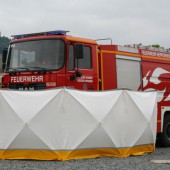The topic humidity measuring in screeds remains an evergreen. In circles of experts and even in the specialised press people don’t stop discussing and reporting about this issue.
The iba-institution Koblenz under administration of the diploma engineer (senior technical college) Hans-Joachim Rolof started a survey concerning this topic.
“Which method is actually used? Who measures electrically, who measures the CM-%? Which is the generally accepted measuring method?”
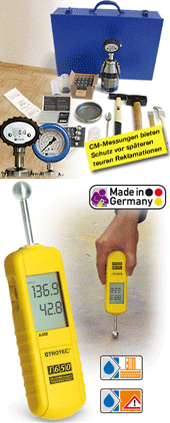 People had been interviewed who are concerned with the determination of residual moisture in screeds. Including 30% of representatives of the adhesives industry and flooring industry; 23% experts; 16% floor layers; 9% screed layers; 7% architects / site managers; 5% manufactures of measuring instruments and 10% others.
People had been interviewed who are concerned with the determination of residual moisture in screeds. Including 30% of representatives of the adhesives industry and flooring industry; 23% experts; 16% floor layers; 9% screed layers; 7% architects / site managers; 5% manufactures of measuring instruments and 10% others.
Concerning the question „how to measure“ the attendees answered:
Electrical moisture measurement (only): 14%
CM-method (only): 21%
Electrical moisture measurement and CM-method: 65%
Darr analysis: 19%
Microwave analysis: 2%
Note: Additionally to the electrical method and the CM-method namings of alternative methods (Darr analysis etc.) have been allowed. Especially experts measure moisture in building material on-site and in laboratories so that more than 100% of namings result.
The survey pointed out clearly that ¾ of those polled using both measure methods, the electrical moisture measurement and the CM-method (65% of the attendees), use the electrical moisture measurement as intermediate examination to determine a checkpoint for the Cm-method.
About 2/3 of those polled made good experiences with the CM-method, but about a half of them is satisfied with the electrical method.
In fact the combination of both methods is best to define moisture in screeds. With the electrical measuring instruments you can control how screed desiccates und the user needn’t conduct the complex CM-method at his visits at the construction sites. Finally if the metered values on the screen of the electronic moisture measuring instrument don’t change he although has to conduct the CM-method – there’s still no other way to handle it.
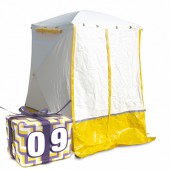 Are you up to buy a work tent for a real nice price? Then have a look at today’s special offer at Trotec: get 30% discount on a brand-new 180 KE work tent!
Are you up to buy a work tent for a real nice price? Then have a look at today’s special offer at Trotec: get 30% discount on a brand-new 180 KE work tent!

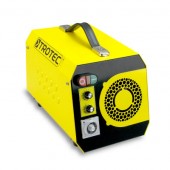
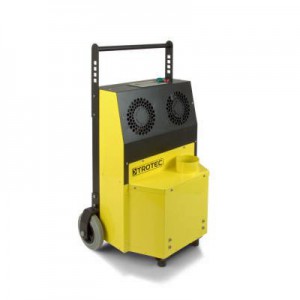
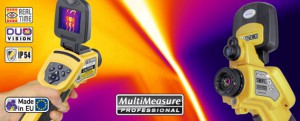
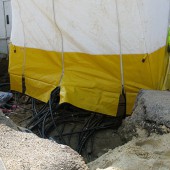
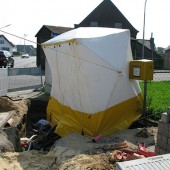
 People had been interviewed who are concerned with the determination of residual moisture in screeds. Including 30% of representatives of the adhesives industry and flooring industry; 23% experts; 16% floor layers; 9% screed layers; 7% architects / site managers; 5% manufactures of measuring instruments and 10% others.
People had been interviewed who are concerned with the determination of residual moisture in screeds. Including 30% of representatives of the adhesives industry and flooring industry; 23% experts; 16% floor layers; 9% screed layers; 7% architects / site managers; 5% manufactures of measuring instruments and 10% others.